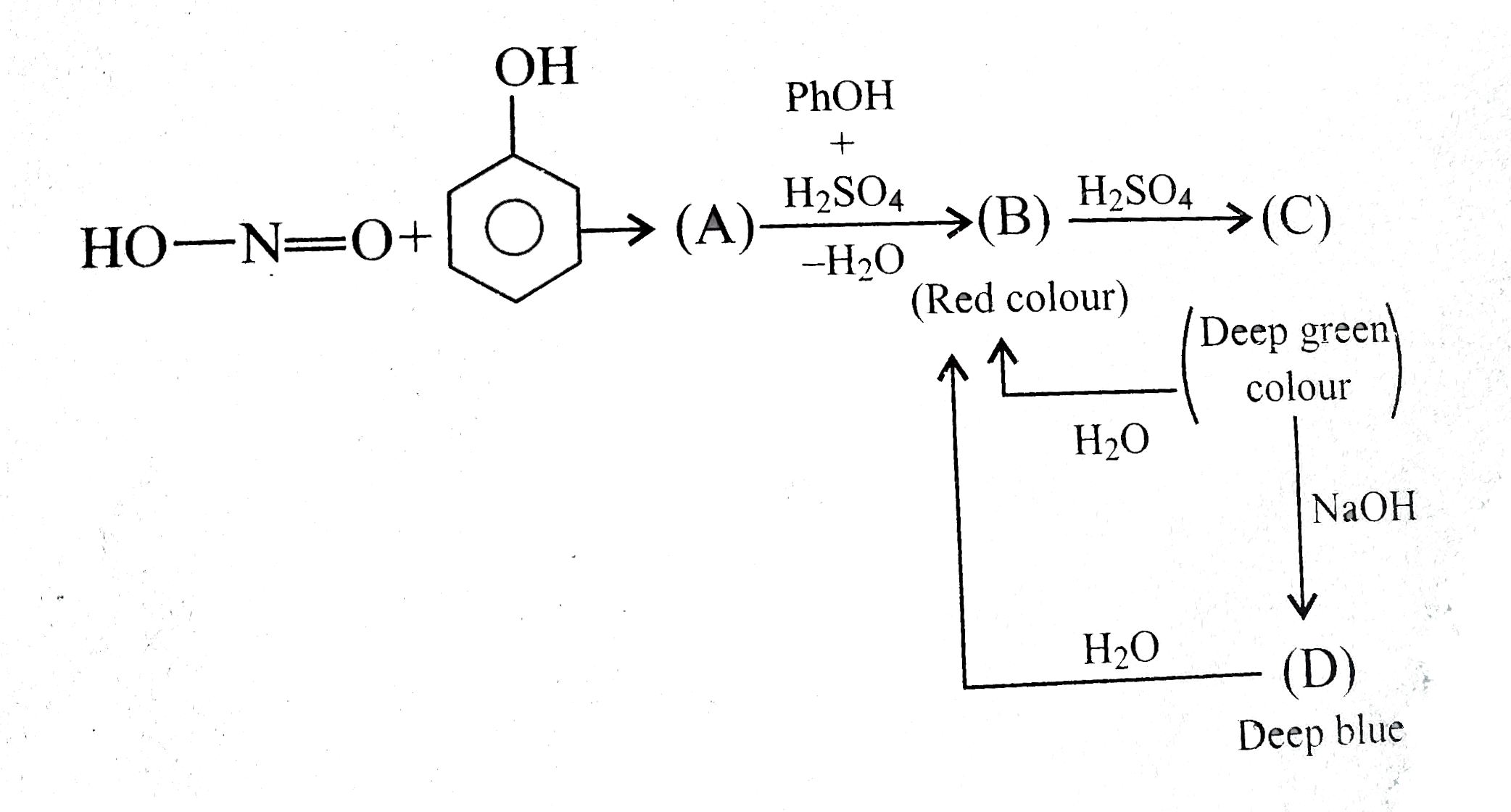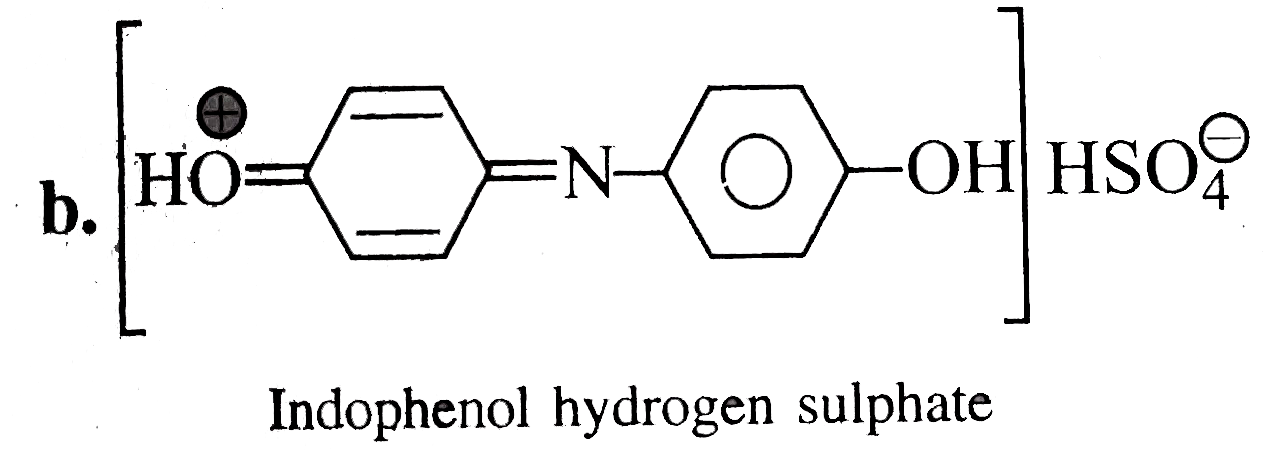Cu2+gives white ppt. of (a)____ with (b) ____ and deep blue colour of _____(c ) ______with (d) ____.
The correct Answer is:a.Cu2I2 b. KJ, c. [Cu(NH3)94)]2+
Topper's Solved these Questions
- QUALITATIVE INORGANIC SALT ANALYSISBOOK - CENGAGE CHEMISTRYCHAPTER - QUALITATIVE INORGANIC SALT ANALYSISEXERCISE - Exercises (True And False )
20 Videos
- QUALITATIVE INORGANIC SALT ANALYSISBOOK - CENGAGE CHEMISTRYCHAPTER - QUALITATIVE INORGANIC SALT ANALYSISEXERCISE - Exercises Archives (Linked Comprehension)
2 Videos
- QUALITATIVE INORGANIC SALT ANALYSISBOOK - CENGAGE CHEMISTRYCHAPTER - QUALITATIVE INORGANIC SALT ANALYSISEXERCISE - Exercises (Integer) (Naming And Terminology
15 Videos
- P-BLOCK GROUP 18 ELEMENTS - THE INERT GASESBOOK - CENGAGE CHEMISTRYCHAPTER - P-BLOCK GROUP 18 ELEMENTS - THE INERT GASESEXERCISE - Ex 5.1 (Objective)
14 Videos
- REDUCTION AND OXIDATION REACTION OF ORGANIC COMPOUNDSBOOK - CENGAGE CHEMISTRYCHAPTER - REDUCTION AND OXIDATION REACTION OF ORGANIC COMPOUNDSEXERCISE - SUBJECTIVE TYPE
3 Videos
Similar Questions
Knowledge Check
Brown ppt.(A) dissolve in HNO3 gives (B) which gives white ppt. (C) with NH4OH. (C) on reaction with HCl gives solution (D) which gives white turbidity on addition of water. What is (D)?
ABiCl3BBi(OH)3CBiOClDBi(NO3)3
The deep blue colour of compound (D) is due to the formation of:Aa. Bb.
Bb. Cc.
Cc. Dd.Both (a) and (b).
Dd.Both (a) and (b).Assertion (A) : BaCl2 (aq) gives white ppt. of BaS with a solution containing S2− ions.
Reason (R) :BaS is a white coloured insoluble compoundABoth A and R true and R is the correct explanation of ABBoth A and R true and R is not a correct explanation of ACA is true but R is falseDBoth A and R are false
Find the number of correct statements about NH3.
(a) Basic gas
(b) Turns red litmus to blue litmus
(c) Gives white dense fumes with HCI
(d) Gives brown ppt. with Nessler's reagent
(e) Gives deep blue colour with CuSO4 solution with passed in excess
(f) Gives deep blue colour with NiCI2 solution when passed in excess
View SolutionBrown ppt.(A) dissolves in HNO3 gives (B) which gives white ppt. (C) with NH4OH. (C) on reaction with HCl gives solution (D) which gives white turbidity on addition of water. What is (D)?
View SolutionCr(OH)3 is made soluble in NaOH in presence of _________(a)________ when (b) _____of____(c ) ____ colour is formed and gives yellow ppt. of (d) _____when (e ) ____ is added.
View SolutionCr(OH)3 is made soluble in NaOH in presence of _________(a)________ when (b) _____of____(c ) ____ colour is formed and gives yellow ppt. of (d) _____when (e ) ____ is added.
View SolutionColourless solution of (A) gives white ppt (B) with AgNO3which is soluble in aqueous NH3 (A) also gives white ppt (C) with NaOH soluble in excess of it forming (D). (D) gives ppt (E) with H2S. Identify (A),(B),(C),(D) and (E).
View Solution
